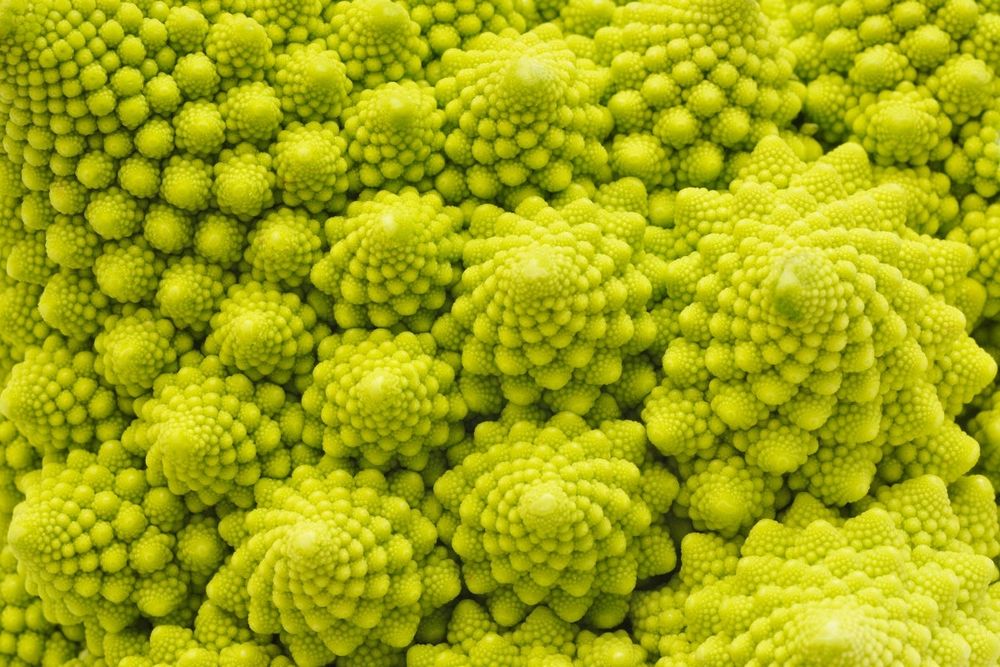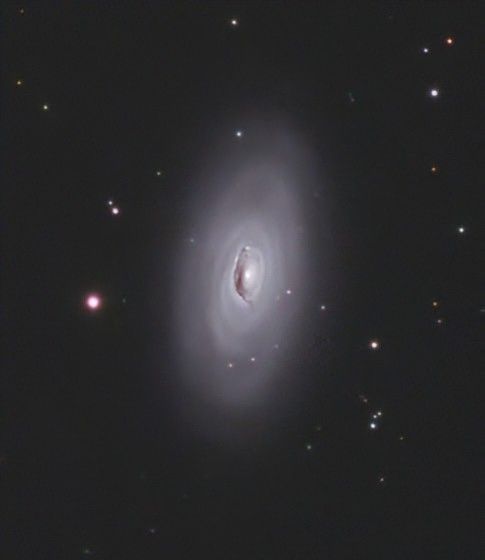
Stories on physics, math, astronomy! Also plays trombone.

Image credit: my tiny telescope.
#science #astronomy 🔭👩🏾🔬
Image credit: my tiny telescope (about 4 hrs) -- 1/2
#science #astronomy 👩🏾🔬🔭

Image credit: my tiny telescope (about 4 hrs) -- 1/2
#science #astronomy 👩🏾🔬🔭
Image credit: my tiny telescope.
#science #astronomy 🔭👩🏾🔬

Image credit: my tiny telescope.
#science #astronomy 🔭👩🏾🔬
The core may harbor a rarity: an intermediate-mass black hole!
Image credit: my tiny telescope, about 4 hours of imaging.
#science #astronomy 🔭👩🏾🔬

The core may harbor a rarity: an intermediate-mass black hole!
Image credit: my tiny telescope, about 4 hours of imaging.
#science #astronomy 🔭👩🏾🔬
Image credit: my tiny telescope
#science #astronomy 🔭👩🏾🔬

Image credit: my tiny telescope
#science #astronomy 🔭👩🏾🔬
Image credit: my tiny telescope
#science #astronomy 🔭👩🏾🔬

Image credit: my tiny telescope
#science #astronomy 🔭👩🏾🔬
Image credit: my tiny telescope
#science #astronomy 🔭👩🏾🔬

Image credit: my tiny telescope
#science #astronomy 🔭👩🏾🔬
#astronomy #science 🔭👩🏾🔬

#astronomy #science 🔭👩🏾🔬
Image credit: my tiny telescope
#science #astronomy 🔭👩🏾🔬

Image credit: my tiny telescope
#science #astronomy 🔭👩🏾🔬
Image credit: my tiny telescope
#science #astronomy 🔭👩🏾🔬

Image credit: my tiny telescope
#science #astronomy 🔭👩🏾🔬
In fact, that makes the image even more amazing.
Not only are we seeing through 100% of the Earth but 75% of the Sun as well!
Taken at night.
Not looking up at sky but down through 8000 miles of rock to the other side of the Earth.
Not with light but neutrinos.
In fact, that makes the image even more amazing.
Not only are we seeing through 100% of the Earth but 75% of the Sun as well!
Image credit: my tiny telescope
#science #astronomy 🔭👩🏾🔬

Image credit: my tiny telescope
#science #astronomy 🔭👩🏾🔬
#science #astronomy 🔭👩🏾🔬
#science #astronomy 🔭👩🏾🔬
Image credit: my tiny telescope (~4 hours)
#science #astronomy 🔭👩🏾🔬

Image credit: my tiny telescope (~4 hours)
#science #astronomy 🔭👩🏾🔬
Image credit: my tiny telescope plus 16 hours of photon collecting.
#science #astronomy 🔭👩🏾🔬

Image credit: my tiny telescope plus 16 hours of photon collecting.
#science #astronomy 🔭👩🏾🔬
This is what a moment of discovery sounds like. Turn your sound on for this! 🧪 🔭 ⚛️ (2/n)
Position is consistent with professional shot below!
Position relative to surrounding stars is right when I compare it to this high-time resolved image which shows pulsar flickering.
📸 NA Sharp/AURA/NOAO/NSF 🔭🧪

Position is consistent with professional shot below!
Image credit: my tiny telescope - only 2 hours!
#science #astronomy 🔭👩🏾🔬

Image credit: my tiny telescope - only 2 hours!
#science #astronomy 🔭👩🏾🔬
Image credit: my tiny telescope (8.5 hrs of observing).
#science #astronomy 🔭👩🏾🔬


Image credit: my tiny telescope (8.5 hrs of observing).
#science #astronomy 🔭👩🏾🔬
www.scientificamerican.com/article/math...
#Science #ScienceNews #Research #stem #ScienceWriting #Math #Discovery #BigIdeas 👩🏾🔬🧪

www.scientificamerican.com/article/math...
#Science #ScienceNews #Research #stem #ScienceWriting #Math #Discovery #BigIdeas 👩🏾🔬🧪
www.scientificamerican.com/article/math...
#Science #ScienceNews #Research #stem #ScienceWriting #Math #Discovery #BigIdeas 👩🏾🔬🧪

www.scientificamerican.com/article/math...
#Science #ScienceNews #Research #stem #ScienceWriting #Math #Discovery #BigIdeas 👩🏾🔬🧪
Image credit: my tiny telescope (about 4 hours of light collecting).
#science #astronomy 🔭👩🏾🔬

Image credit: my tiny telescope (about 4 hours of light collecting).
#science #astronomy 🔭👩🏾🔬
15 hours of 20s photos stacked
#astronomy #science 🔭👩🏾🔬

15 hours of 20s photos stacked
#astronomy #science 🔭👩🏾🔬
www.quantamagazine.org/ten-martini-...
#science #MathSky #math #physics ⚛️👩🏾🔬

www.quantamagazine.org/ten-martini-...
#science #MathSky #math #physics ⚛️👩🏾🔬
Image credit: 20 hours of imaging on my tiny smart telescope.
#astronomy #science 🔭👩🏾🔬

Image credit: 20 hours of imaging on my tiny smart telescope.
#astronomy #science 🔭👩🏾🔬
Image credit: my tiny telescope (and about 5 hours of exposure).
#astronomy #science 🔭👩🏾🔬

Image credit: my tiny telescope (and about 5 hours of exposure).
#astronomy #science 🔭👩🏾🔬

